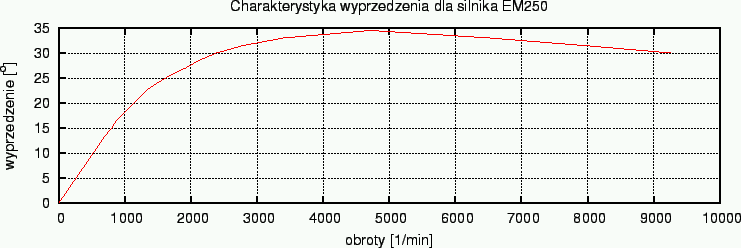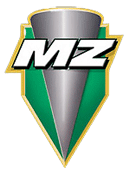 by Puffs » Mon Jul 30, 2018 4:13 am
by Puffs » Mon Jul 30, 2018 4:13 am
Hi Jakub!
Yes, a programmable pre-ignition is interesting: many processes occurring in an engine are more or less constant in time, although they are timed (or triggered) against crankshaft orientation. Examples of such processes are: the progress of the flame front after ignition; or the flow of gasses more generally, such as through the carb or exhaust. As those processes are timed against crankshaft orientation, at higher RPM there is less time for them (at 60RPM a full rotation takes 1.00s, at 6000RPM just 0.01s). Consequently triggering them at a different orientation (often earlier at higher RPM) can be beneficial to the performance of the engine. Examples are: ignition timing, exhaust timing (in 2 strokes with an RPM-dependent exhaust valve), but also a reed valve (on a 2T) works largely by influencing the timing of the inlet.
Your 2 videos do not teach me much: one shows a nice ETZ250 that runs well, but seems to start to run a bit mangy around 5500RPM; and the other shows some electrickery, and something rotating where normally the breaker cam is.
The graph you show is quite interesting, and on that I have some questions:
1) I do not see a clear cut-out above 6500RPM. I would have expected to see a step change in ignition timing (to something like 0° or -20°) at 6500RPM, but what I see is just a continued trailing-off of the advance.
2) Your ignition advance increases from typically 17°BTDC@800RPM to some 34.5°BTDC@4800RPM. Particularly your maximum advance is substantially more than the textbook value of around 22°BTDC. Is this based on measurements, or tests on the ETZ250?
(Don't get me wrong: the more or less constant ignition advance you get from conventional systems is not necessarily optimal in my view!)
3) I would like to see a system that starts with very little advance at low revs (to prevent kick-back during starting), and then increases it's advance (to whatever optimal value found), up to a maximum RPM value (maybe 6500RPM for that bike?), and thereafter trails off rather rapidly to prevent engine damage. Have you done any tests in that direction: what is the maximum RPM, what is the maximum ignition advance, ...? Some dynamometer charts at various settings would be highly interesting, and would drive the choice of ignition curve.
So: Yes, a programmable ignition curve is very interesting: it allows further improvements & tailoring of the engine characteristics. The real work lies in determining what ignition curve is desired to create a particular character of the engine. Can you show something in that respect?
Last edited by
Puffs on Mon Jan 06, 2025 7:17 am, edited 2 times in total.

